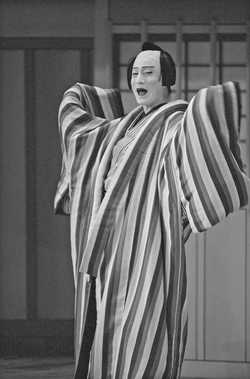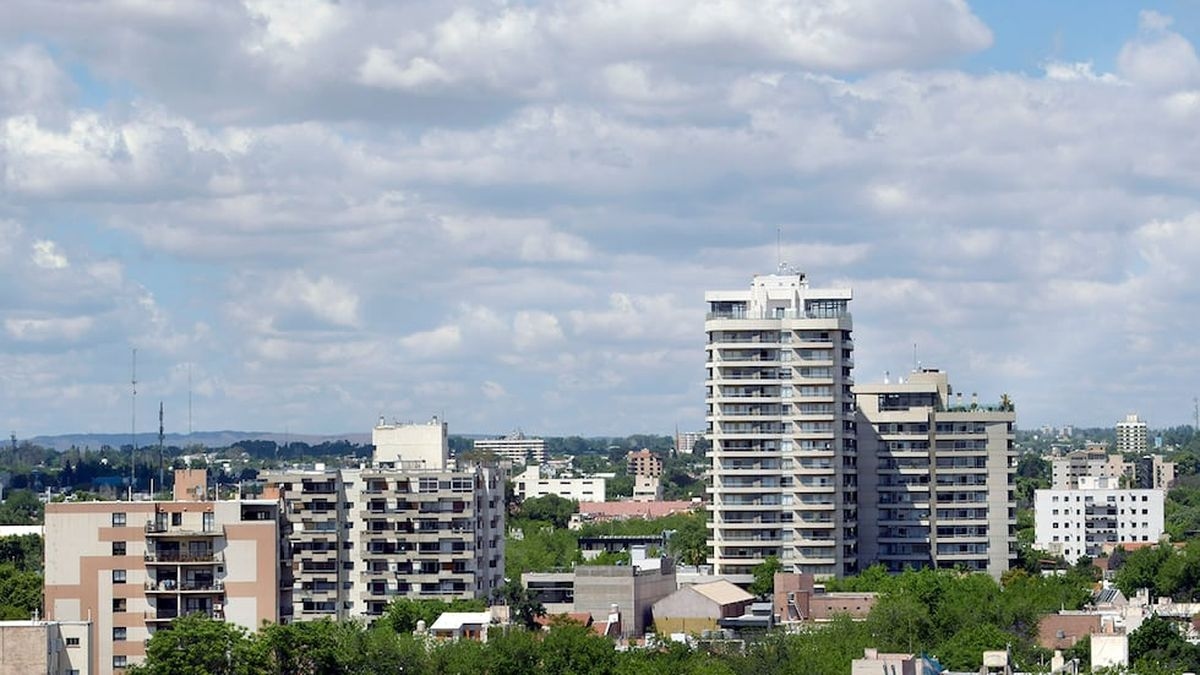Sakiko Nomura photographs the magic of darkness

Sakiko Nomura photographs the magic of darkness
The Mapfre Foundation in Madrid opened the exhibition Tender is the Night, the first major retrospective in Europe of the enigmatic Japanese artist
Armando G. Tejeda
Correspondent
La Jornada NewspaperTuesday, February 25, 2025, p. 3
Madrid. Japanese photographer Sakiko Nomura maintains that she reflects reality as it is
. In her images, darkness has thousands of nuances; gazes, dozens of evocations; and the shadows, always present, whether those of flowers, naked bodies or lonely, run-down hotel rooms, thousands of possible interpretations.
The Mapfre Foundation in Madrid inaugurated the exhibition Tender is the Night, the first major retrospective in Europe of one of the most enigmatic photographers of contemporary Japanese culture.
Nomura, born in Yamaguchi in 1967, adopted an unorthodox path from a young age. After her first experiments with the camera, she decided to become the assistant of one of the great figures of Japanese photography, Noboyoshi Araki, well known for his reports showing the sordidity and violence of the hotel rooms of prostitutes in Tokyo. She worked with him for 20 years, during which time, in addition to training, she discovered his way of looking at things, his way of portraying this reality
.
In a brief meeting with the media in Madrid, Nomura tried to decipher the keys to his photography, to those nuances of darkness, to those solitary characters who almost always appear with a melancholic look, to those urban landscapes that disturb with their spectral silence.
"I simply portray reality as it is. Those who appear are people with whom I have maintained communication, contact; there is a story behind it. I do not take photographs of male nudes out of a preconceived idea of rupture or innovation
," explained Nomura, who has been involuntarily called in many publications the " photographer of male nudes
," a definition she does not like nor does it seem appropriate to her work.
The photographs are dark, grainy, even blurry; they show a world of ambiguous and mysterious shadows, which are, however, also celebratory.
A meaningful trip to Granada
The Madrid exhibition presents Sakiko Nomura's works by theme, which can be specific, such as flowers, nudes, animals or portraits of a well-known kabuki actor, but also because they are part of her photobooks, such as Night Flight, or because they have the same technical characteristics, such as the Another Black Darkness series. Finally, some of the images taken in Granada in the summer of 2024 are on display, on the occasion of a trip she made and which, she explained, has been very important for me, because I learned to know better, through a series of stories, the life of my father, who already has senile dementia
.

▲ I only portray reality as it is
, Nomura said in a brief meeting with the press in the Spanish capital. Here, The Last of My Dreams, captured in 2018 by Sakiko Nomura. Photo courtesy of Akio Nagasawa Gallery
The curator of the exhibition, historian Enrique Juncosa, explained that, attracted by darkness as the reverse of light, in Nomura's photographs the night and the shadows, the dim light, the out of focus often take center stage in the scenes, as if she were trying to find a way out or the light at the end of the journey. The elements or people she portrays seem to emerge from that magic offered by darkness, which the artist sometimes only discovers in development
.
The title of the retrospective, Tender is the Night, is inspired by the title of Francis Scott Fitzgerald’s novel Tender is the Night, published in 1934. As in the novel, the protagonists of the scenes in Nomura’s photographs are young and attractive. They also show the power and tension of erotic desire, but with great tenderness. Her nudes, for which she is best known, almost always executed in black and white, in nocturnal atmospheres, mysterious and full of shadows, with visible grain or out of focus, alternate with images of animals or still lifes, especially flowers, views of cities, hotel room interiors, atmospheric phenomena, moving lights and reflections
, explained the curator.
The exhibition will be on display in Madrid from today until May 11.
INAH book contains a tragic case from the maritime history of New Spain
Memories of a Shipwreck tells the story of the sinking of the galleon Nuestra Señora del Juncal
From the Editorial Staff
La Jornada NewspaperTuesday, February 25, 2025, p. 3
The book Memoirs of a Shipwreck: The Story of the Galleon of Nuestra Señora del Juncal, published by the National Institute of Anthropology and History (INAH) and the publishing house Mar Adentro, exposes one of the most tragic cases in the maritime history of New Spain.
The work, the first title in the Ariles de la Mar collection, was coordinated by Roberto Junco and the historian Flor Trejo Rivera, who together with the archaeologist Carlos León Amores narrates the sinking of the galleon Nuestra Señora del Juncal, which occurred on November 1, 1631 on the coast of the Sonda de Campeche, after enduring a storm that caused its tragedy.
Some 350 sailors were shipwrecked in the accident, of whom 39 survived. A prodigious cargo was left under water, consisting of more than a million silver coins and reales, a thousand and a half arrobas of fine grain, a little more than a thousand arrobas of wild grain and another 4 thousand of indigo, 2,500 pounds of silk, 405 quintals and 26 boxes of chocolate, just to mention some of the products. Each arroba consists of 12.5 kilograms of cargo.
30 years after the start of the investigation
The book, which compiles essays by more than 20 specialists, was presented last Saturday at the 46th International Book Fair at the Palacio de Minería; it coincides with the 30th anniversary of the beginning of the investigation of the shipwreck by the Subdirectorate of Underwater Archaeology (SAS) of the INAH, headed by Roberto Junco Sánchez, who, alongside historian Flor Trejo Rivera and archaeologist Carlos León Amores, explained to the public gathered in the Galería de Rectores that Nuestra Señora del Juncal was first mentioned in 1971 in Shipwrecks of the Western Hemisphere, 1492-1825, by Robert Marx, becoming one of the most coveted shipwrecks.
Furthermore, it was clarified that “by the end of the 20th century, the Juncal was one of the most sought-after ships. However, the decision to form a project to locate it demonstrated the importance it had for Mexico, as it was located in our territorial sea, and for Spain, as it was a warship of that nation,” explained archaeologist Junco Sánchez.
The last moment
The search was made official in 2014 with the signing of a memorandum of understanding for scientific collaboration to study the fleet of New Spain between 1630 and 1631, which allowed an exhibition to be held at the General Archive of the Indies in Seville from 2021 to 2022, which attracted more than 100,000 attendees and whose catalogue brought together the essays now presented in the book, along with a nautical infographic and illustrations of that exhibition.
Flor Trejo said: When I first read the story of the shipwreck, it made my skin crawl. In a way, you are seeing the last moment of a story that later led to the search
.
Researcher Matilde Souto said that only 39 crew members survived the tragedy after 17 days of navigation. The ship sank due to a broken hull, the result of a series of errors, such as excessive loading, sailing in bad weather, the modifications it received when it was adapted to be used as a warship and the wear and tear of having been stranded for so long in the port of Veracruz. Even the death of the ship's general and captain, Miguel Echazarreta (who was replaced by Andrés de Aristizábal, with whom it sank), was seen as a bad sign
.
The director of the National History Museum, Salvador Rueda Smithers, said that the book deals with topics of great interest in submarine exploration, such as naval technology, artillery and trade in the 17th century, daily life on board the galleons that made the Carrera de las Indias, and their place in the politics and economy of the Spanish empire and its viceroyalties.
jornada






